'A crisis moment': Tracing the origins of Venezuela's spiralling economy and its human toll
Here's how the country with the world's largest oil reserves ended up in the midst of a refugee crisis
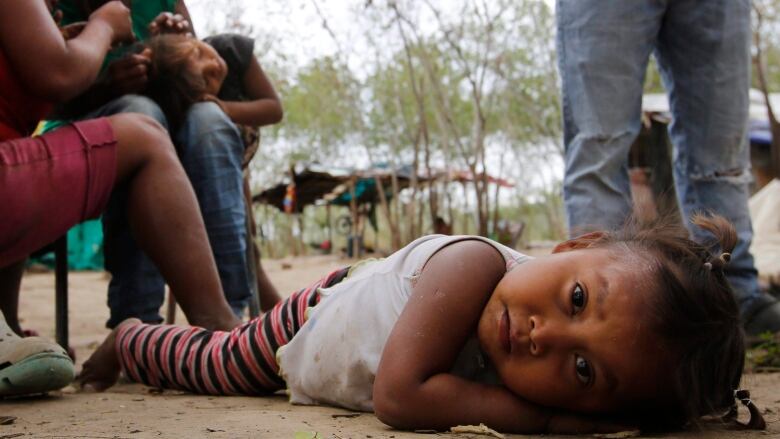
The UN's International Organization for Migration estimates that2.3 millionVenezuelans have fled their country, desperate to escape economic and political turmoil, hungerand violence.
Here's a look athow the crisis has unfolded:
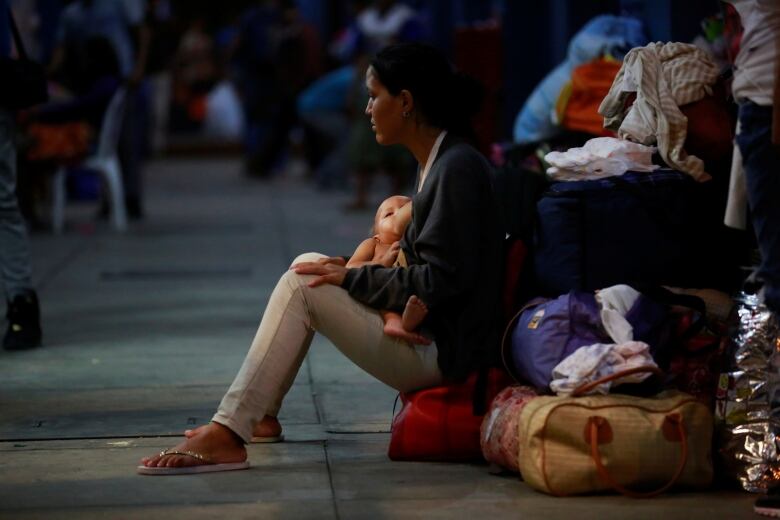
Venezuela was once one of the richest countries in Latin America, taking inthousands of refugees in the latter half of the 20th century. But there was economic inequality. The country was run by the wealthy, and the poor suffered.
Hugo Chavez was elected in 1998 on a pledge to change that. At the time, Venezuela's greatest commodity, oil, was selling for about $10 US a barrel. By the time he died in 2013, it was $100 US.The government provided better housing,healthcare, and education for the working classesbut it also fixed prices for somefood products and other goods and set-up a complex system of currency controls.
Chavez's socialismleft the government in deep debt.And in 2014, the price of oil started to drop, eventually going as low as $26 US a barrel. Today, it hovers around $70 US, but the uptick in oil prices hasn't been enough to save the country from further economic turmoil.

Chavez's hand-picked successor, Nicolas Maduro, has been accused of mismanaging the oil sector. Oil production has fallen and the country has been unable to pay its debts. The economy has gone into free fall, leaving the government unable to pay for imports like food and medicine.
Hospitals are overcrowded and short on supplies.
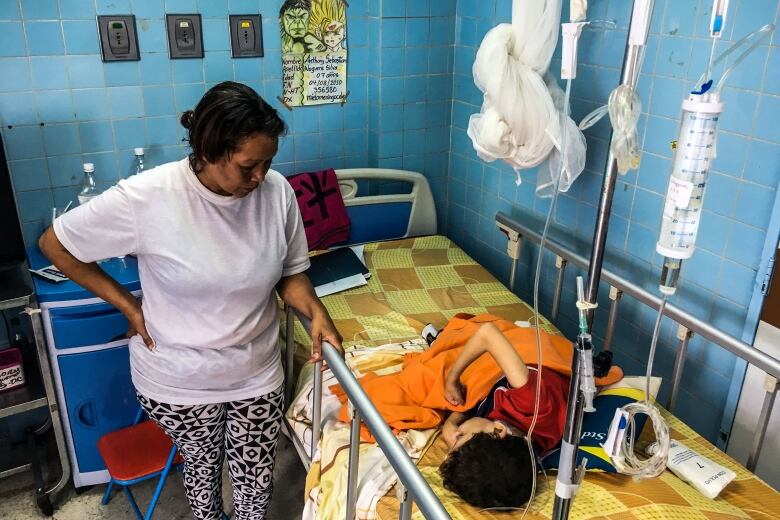
Supermarket shelves are almost bare. Domestic farmproduction has dropped and thegovernment can't afford to import enough food for its people.

Because of complex currency and price controls, the available food is often sold on the black marketat prices average people cannot afford.
In some cases, spoiled meat is being sold to consumers.But some Venezuelans buyit because it is all they can afford.

In an attempt to deal with shortages and other economic problems, the government has continued to print money, causing hyperinflation which destroys purchasing power for many Venezuelans. According toa recent study by the opposition-controlled National Assembly, the annual inflation rate reached 83,000 per centin July.
The International Monetary Fund says inflation could hit one million per centby the end of the year.
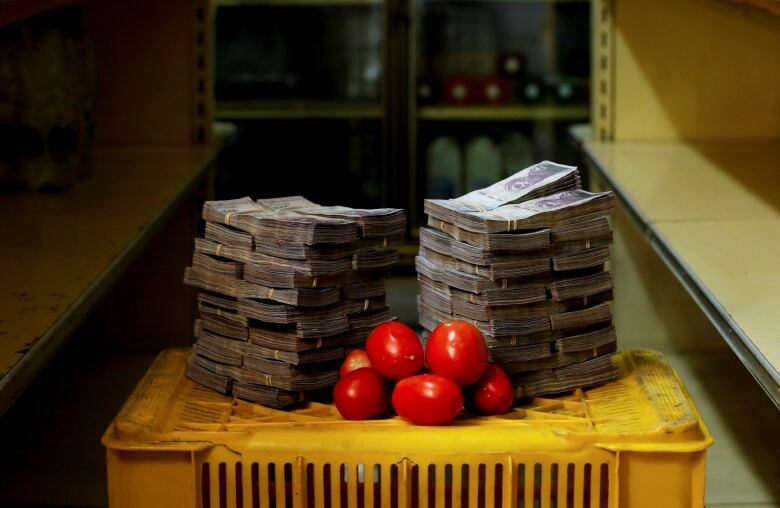
Neighbouring countries, Colombia and Brazil, have seen thousands of Venezuelans pour over their borders seeking respite from the conditions at home. According to Colombia's immigration agency, thatcountry alone has receivednearly 900,000 asylum seekers in the past 18 months. Between 700 and 800 Venezuelans are arriving in Brazil every day.
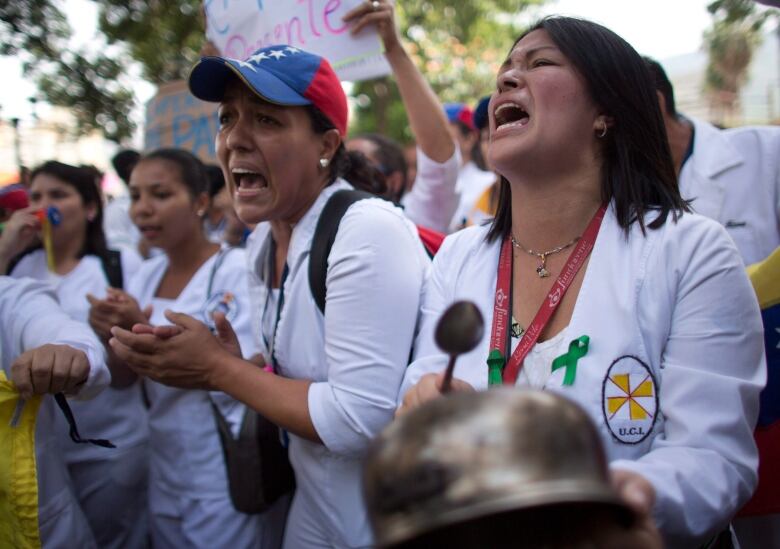
Those with greater resources are escaping to Spain, the United States, and Canada. According to the Immigration and Refugee Board of Canada,there has been a spike in refugee protection claims from Venezuela in the past five years, from 31 applicationsin 2013 to 1,240 in 2017. There have been 588 applications so far this year.
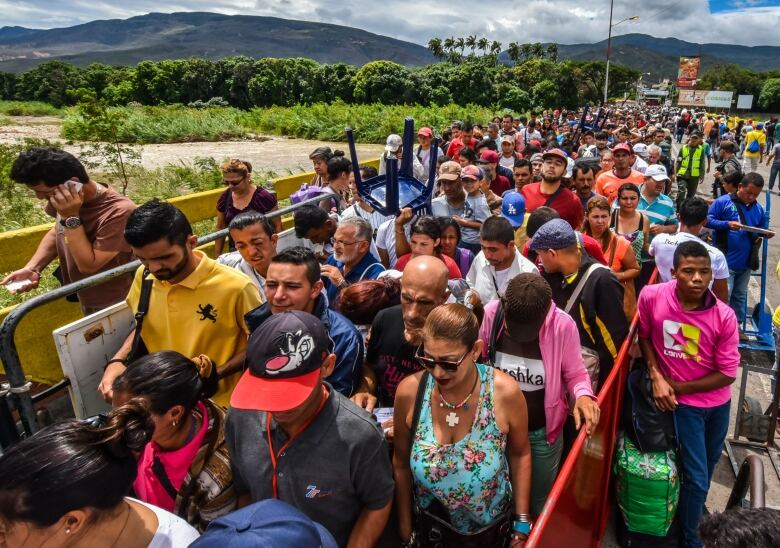
Peru, Chile, Argentina, Panama, and Ecuador are also popular destinations for Venezuelan migrants.

Maduro'sgovernment blames the problems on an "economic war" waged by business owners, Colombia and the U.S. It blames "hoarding" by speculators for food shortages and has urged the population to rally to the defence of the state.
In mid-August, Maduroannounced measures aimed at combating hyperinflation, including a plan to chop five zeros off the country's currency. The government is also raising the monthly minimum wage by more than 3,500 per cent.
But part of what fuelled the economic crisisin the first place was inflation due to a heavily indebted governmentprinting money ad nauseam. Critics worry the new measures will not be enough to fix the economy and some say the changes could actuallyexacerbate the economic crisis.
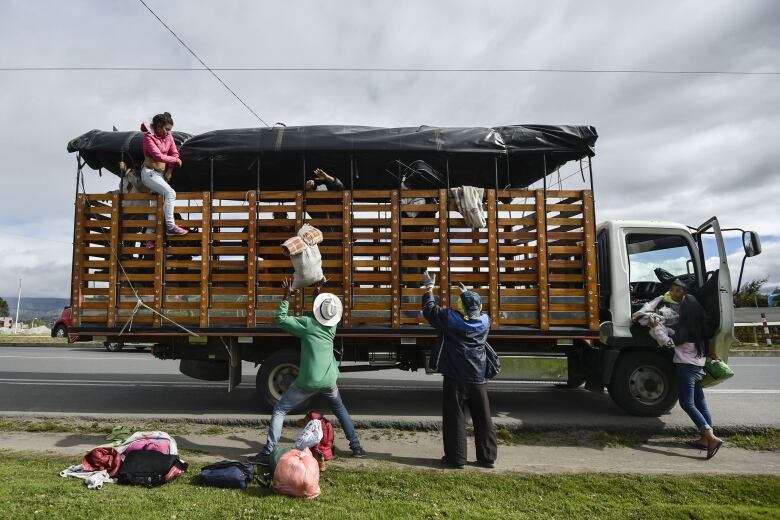
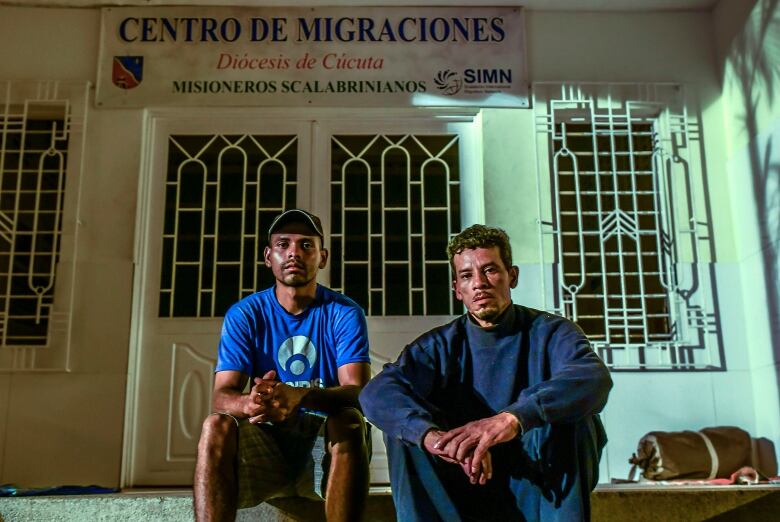
Corrections
- A previous version of this story mistakenly said that according to the United Nations International Organization for Migration, 2.3 million Venezuelans have fled since 2014. In fact, the UN's statistics on migration are cumulative and go back more than a decade. According to those statistics, more than 2.3 million Venezuelans lived outside the country as of June 2018, more than 1.6 million of whom had fled since 2015.Sep 21, 2018 2:34 PM ET












_(720p).jpg)


 OFFICIAL HD MUSIC VIDEO.jpg)
.jpg)



























































































